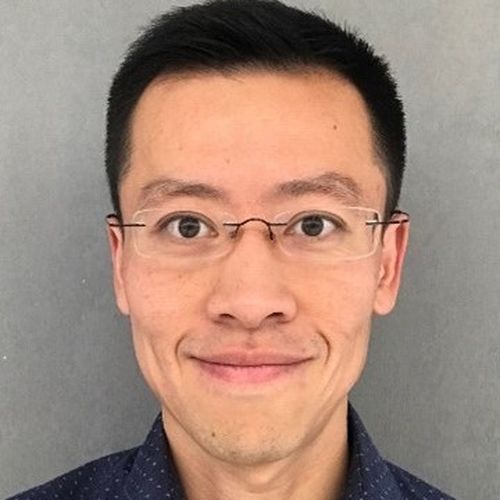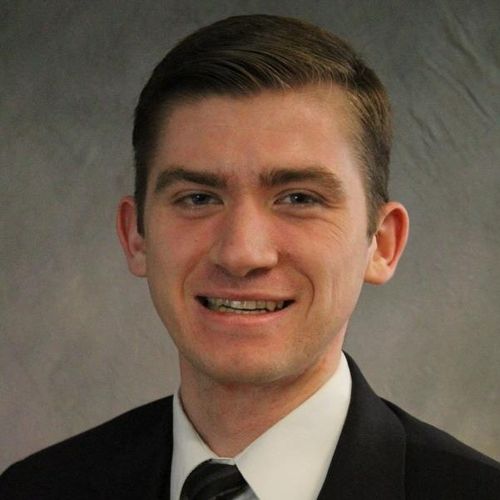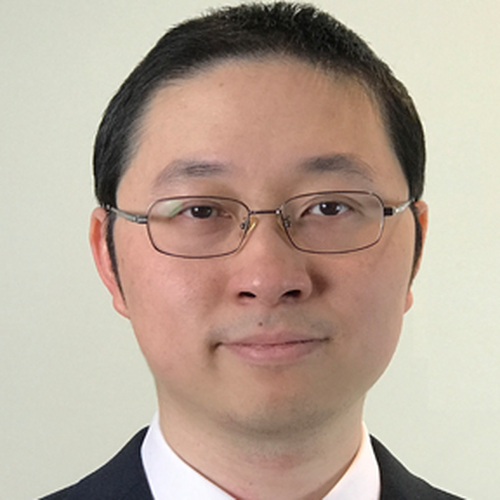About This Webinar
Tian Gu outlines the opportunities enabled by and challenges of employing metasurface flat optics in optical systems that are traditionally bulky and complicated. Leveraging a low-loss, high-index-contrast optical phase-change material - Ge2Sb2Se4Te1 (GSST) - Gu and his team developed reconfigurable, all-dielectric metasurface optics with unprecedented performance. These advancements set the foundation for a variety of nonmechanical, active optical systems in imaging, sensing, and other fields. The presenters discuss how the judiciously engineered optical metasurfaces can significantly boost the performance of optical technologies, as well as reduce size, weight, power, and cost, and allow novel functionalities.
***This presentation premiered during the 2021
Photonics Spectra Optics Conference. For information on upcoming Photonics Media events,
see our event calendar here.
About the presenters

Tian Gu, Ph.D., is a research scientist in the Materials Research Laboratory and the Department of Materials Science and Engineering at MIT, where he is the co-investigator of the Photonic Materials Research Group. He received a B.S. in electrical engineering from Beijing Institute of Technology and a doctorate in electrical and computer engineering from the University of Delaware. His primary research interests involve nano- and micro-optics, integrated photonics, and photonic materials, focusing on areas such as metasurface flat optics, optical phase-change materials, reconfigurable optics and photonics, on-chip spectroscopy, data communications, and photovoltaics.
Gu is a recipient of the SPIE Rising Researcher Award, the R&D 100 Award, and the TechConnect National Innovation Award. He is a topic chair for the IEEE Summer Topicals Meeting and has served on the conference program committees for the IEEE Photonics Society's Optical Interconnects Conference, the IEEE Photonics Conference, the IEEE SENSORS Conference, the International Congress on Glass, the International Conference on Concentrator Photovoltaic Systems, and the Workshop on Interconnections within High-Speed Digital Systems.

Mikhail Y. Shalaginov, Ph.D., is a postdoctoral associate in the Department of Materials Science and Engineering at MIT. He is a member of the Photonic Materials group led by Juejun Hu. Shalaginov's latest research is centered on the development of high-performance reconfigurable metasurface-based devices operating in the mid-infrared. He recently demonstrated a varifocal high-performance metalens and a single-layer, aberration-free metalens with an ultrawide field of view. Before joining MIT, he pursued his doctorate at Purdue University, in Vladimir Shalaev's Nanophotonics and Metamaterials group. Shalaginov's doctoral research was devoted to developing metamaterials and plasmonic structures for enhancing emission properties of diamond color centers. His work has garnered multiple honors, such as Purdue's Outstanding Research Award, as well as "best presentation" prizes and international press.

Juejun Hu, Ph.D., received a B.S. from Tsinghua University in China in 2004 and a doctorate from MIT in 2009, both in materials science and engineering. Hu is the Merton C. Flemings Career Development Associate Professor at MIT's Department of Materials Science and Engineering. His primary research interests are enhanced photon-matter interactions in nanophotonic structures, with an emphasis on on-chip spectroscopy and chemical sensing applications using novel infrared glasses.
Prior to joining MIT, Hu was assistant professor at the University of Delaware from 2010 to 2014. He has authored and co-authored more than 60 refereed journal publications since 2006 and has been awarded six U.S. patents. Hu has been recognized with the National Science Foundation Faculty Early Career Development Award, the Gerard J. Mangone Young Scholars Award, the University of Delaware Excellence in Teaching Award, and he has been recognized as the University of Delaware College of Engineering Outstanding Junior Faculty Member, among other awards. Hu is also deputy editor of OSA's Optical Materials Express and is a member on technical program committees for conferences such as MRS, CLEO, the OSA Congress, ACerS GOMD, and ICG.